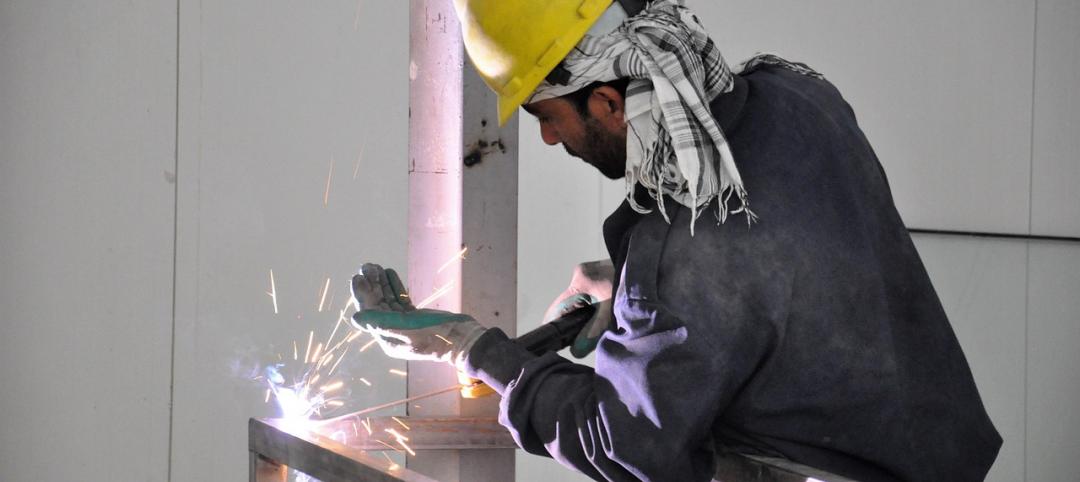The U.S. electric grid is making significant progress to zero-carbon status, according to a report from the Lawrence Berkeley National Laboratory.
Greenhouse-gas emissions from the electricity sector last year were 52% lower in 2020 than the U.S. Energy Information Administration predicted they would be back in 2005, the report says. Power-sector emissions fell 40% from 2005 to 2020, with much of the drop driven by cheap natural gas supplanting coal as the dominant fuel for U.S. power plants.
Further emissions cuts will require greater adoption of clean technologies such as energy storage, and that is achievable with the declining cost of solar and wind power generation, and battery storage, the report says. Low-carbon resources could reliably meet as much as 70%–90% of power supply needs at low incremental cost.
Other sectors, including the built environment, have made less progress in cutting emissions. Residential building emissions declined 29% from 2005 to 2020. Commercial building emissions dipped 32% during the same period.
Grid-interactive efficient buildings could help to make the grid more efficient by reducing the need for new supply and delivery infrastructure and providing another form of demand flexibility.
Related Stories
Codes and Standards | Jun 13, 2017
Canada Green Building Council and Green Business Certification Inc. announce partnership
New joint venture will deliver enhanced services and support tools and programs throughout Canada.
Codes and Standards | Jun 8, 2017
Nail-Laminated Timber Design and Construction Guide released
New document focuses on design and construction considerations for horizontal NLT applications.
Codes and Standards | Jun 8, 2017
Car sharing popularity means parking zoning and codes may be promoting overbuilding of garages
Some designers look to modular designs in anticipation of alternate uses.
Codes and Standards | Jun 7, 2017
IAPMO advances toward new 2017 Water Efficiency and Sanitation Standard
Revised pipe-sizing method for residential applications will be included.
Codes and Standards | Jun 7, 2017
New Colorado law could stimulate stalled condo market
Construction defect law modifications could ease litigation risk and cut insurance rates.
Codes and Standards | Jun 6, 2017
New York City will require construction superintendents on buildings higher than three stories
New laws focus on construction safety.
Codes and Standards | May 30, 2017
Industry Groups move toward Unified Green Building Model Code in 2018
The effort involves combining ASHRAE's Standard 189.1 with the International Green Construction Code.
Codes and Standards | May 30, 2017
OSHA suspends electronic injury, illness reporting requirement
The agency is keeping records from being publicly disclosed—for now.
Codes and Standards | May 30, 2017
Florida preparing to adjust to new building elevation requirements
New floodplain maps and state code changes loom.
Codes and Standards | May 30, 2017
Heated debate over whether Calif.’s prevailing wage requirement stymies affordable housing
There’s disagreement around how much pay regulations add to cost of projects.
















